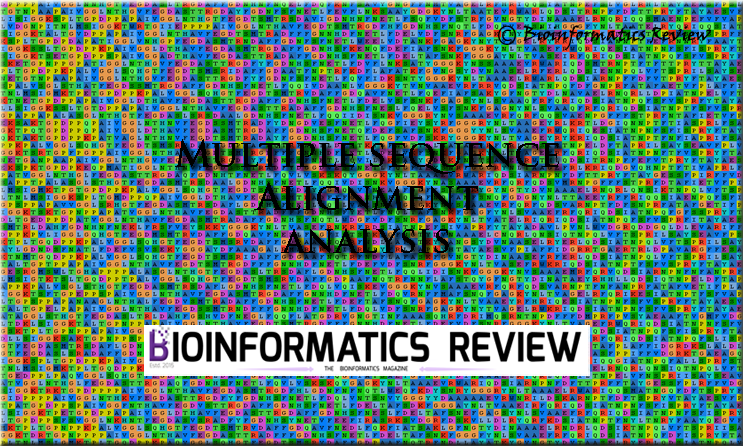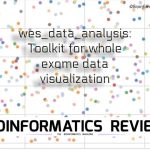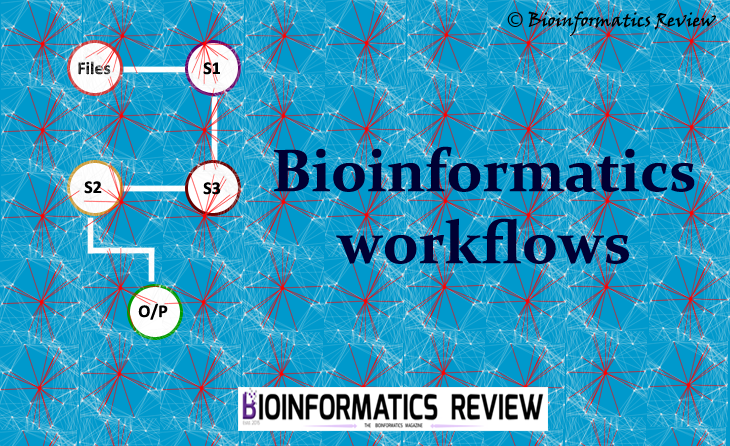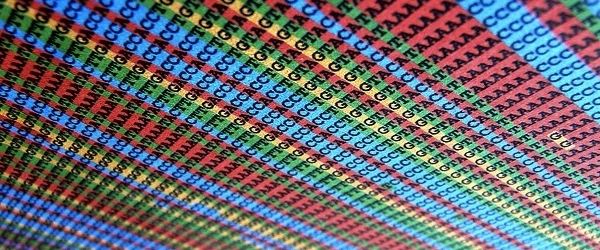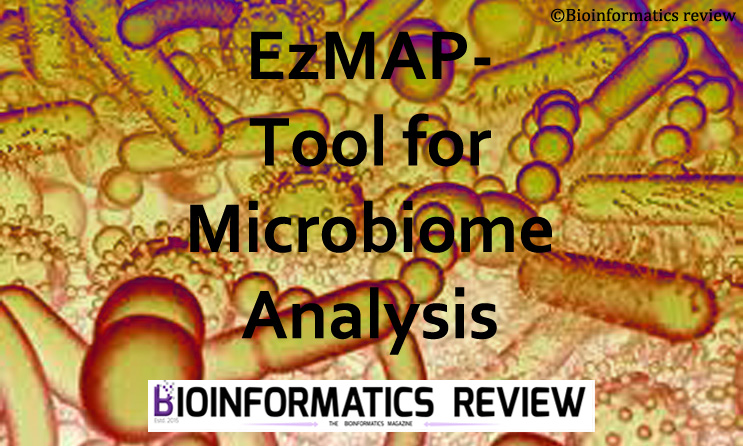Multiple sequence alignments (MSAs) are quite valuable in terms of studying new enzymes or organisms. They provide insights to identify their structures and functions. For this purpose, we need sophisticated tools to analyze large MSAs. This article will mention a few important and useful alignment viewers with various functions to perform on the MSAs.
1. Jalview
Jalview is another program to edit, modify, and visualize MSAs [1]. It offers a wide range of functions including analysis using phylogenetic trees, principal component analysis (PCA) plots, and molecular structure and annotation. You can easily import MSAs and group them using different colors and borders, name these groups. Besides, all the sequences can be sorted according to the associated phylogenetic tree. Additionally, the associated protein structure can also be analyzed simultaneously and export the alignment in different formats including the images. Creating sequence features is quite easy and these features can be exported for later use. It can be easily accessed on Windows/Linux/Mac using the web installer. The Linux package of Jalview can be easily used in a pipeline for sequence annotation and visualization and that’s why this is my favorite one. But the only limitation is that it requires more space and therefore, sometimes, it troubles in getting started which can be managed by allocating more memory to it.
2. Genedoc
Genedoc [2] is quite similar to Jalview and offers various features. It also offers to group sequences into different families/classes and export good quality images of MSAs. Motifs can be searched easily and the sequences can be annotated based on different properties such as physicochemical, sequence identities, hydrophobicity, conserved residues, and so on. It can be easily accessed on Windows but not yet available for Linux/Mac.
3. BioEdit
BioEdit is an intuitive multiple document interface having various features to modify alignments as per the requirements [3]. It is accessible on Windows 95/98/NT/2000/XP. It has several features including editing sequences, different modes of manual alignment, information-based alignment shading, the grouping and sorting of sequences, append alignments, capable of importing multiple formats such as .aln, .phy, and .fasta. Users can view and manipulate up to 20,000 sequences altogether. Other features include RNA comparative analysis, matrix plotter, phylogenetic tree viewer, and many more.
4. Unipro UGENE
It is a unified bioinformatics toolkit that offers many functions besides editing and visualizing MSAs [4]. It is available for Windows/Linux/Mac. The other key features of Unigene include fast sequence search, in-silico PCR, NCBI, Genbank BLAST search, ORF finder, restriction enzyme finder, genome mapping, raw NGS data processing, visualization of BAM files, protein structure viewer, mRNA alignment, and so on.
5. AliView
AliView is another alignment viewer and editor for MSAs but it is fast to operate [5]. It also offers several functions such as sequence sorting by name and residues, moving sequences, codon positions, find primers in the conserved regions, alignment using MUSCLE or MAFFT. It imports various formats such as .fasta, .msf, .nexus, and .phy and exports alignment as an image (PNG). It is available for Windows/Linux/Mac.
There are several other alignment visualizers, these are the most commonly used ones and offer a wide range of features.
References
- Waterhouse, A.M., Procter, J.B., Martin, D.M.A, Clamp, M. and Barton, G. J. (2009) “Jalview Version 2 – a multiple sequence alignment editor and analysis workbench” Bioinformatics25 (9) 1189-1191 doi: 10.1093/bioinformatics/btp033
- Nicholas, K. B. (1997). GeneDoc: analysis and visualization of genetic variation. Embnew. news, 4, 14.
- Hall, T. A. (1999, January). BioEdit: a user-friendly biological sequence alignment editor and analysis program for Windows 95/98/NT. In Nucleic acids symposium series (Vol. 41, No. 41, pp. 95-98). [London]: Information Retrieval Ltd., c1979-c2000.
- Okonechnikov, K., Golosova, O., Fursov, M., & Ugene Team. (2012). Unipro UGENE: a unified bioinformatics toolkit. Bioinformatics, 28(8), 1166-1167.
- Larsson, A. (2014). AliView: a fast and lightweight alignment viewer and editor for large datasets. Bioinformatics, 30(22), 3276-3278.

